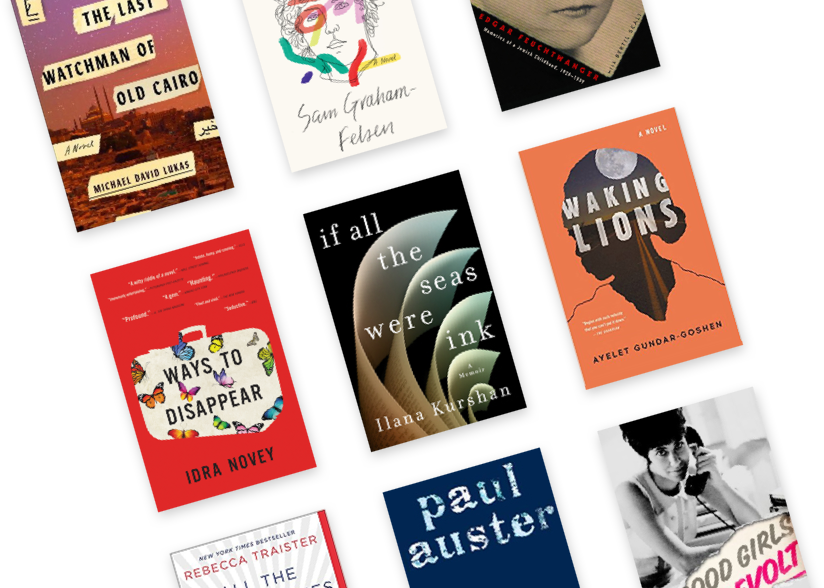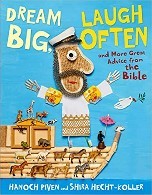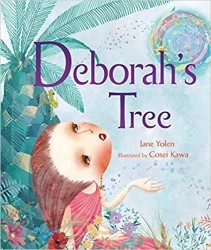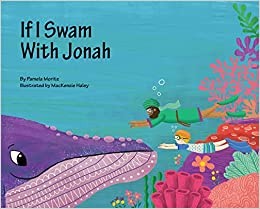Koren recently published a series of board books for children that tell readers about important characters of the Hebrew Bible and the main messages they convey. My First TanakhStories is a collection of four high-quality board books that can also be bought individually.
The featured narratives — about Avraham, Miriam, Eliyahu, and Ruth — are not directly connected with each other and only cover select aspects of the figures’ lives, allowing children to contribute with their own Tanakh knowledge. Avraham Teaches Others paraphrases the story of Avraham being visited by three angels and the hospitality he displayed then. While he is the main character, Sarah is also prominently featured. Miriam Finds Her Voice is about Miriam’s courage — which contributed greatly to the saving of her brother, Moses — and cumulates in her joyful song at the Red Sea. The story of Ruth and her sister Orpah, which precedes the biblical telling of Ruth’s story, is at the center of Ruth Makes a Promise, which hones in on the value of helpfulness. Finally, Eliyahu Finds Hashem approaches the most complex and abstract topic of the series, repentance.
Loyal to the biblical text, Shira Greenspan only deviates in order to fill gaps meaningfully. She relies on traditional interpretations of those stories and provides insights into the thoughts and feelings of the characters, which are often not directly discussed in the Tanakh itself. For example, the portrayal of Sarah in Avraham Teaches Others is more prominent than in the biblical text. By shedding light on Sarah’s feelings and hopes, Greenspan greatly enhances children’s ability to connect with this biblical story. Eliyahu Finds Hashem is a particularly intriguing book. It introduces concepts such as finding God and repentance which are portrayed as largely synonymous, though this is not necessarily the case in other contexts. This book, probably the most complex and abstract in the series, may seem challenging, but help is not far: The last two pages of every book are packed with guiding questions about the text, art, and characters.
Thus, the My First Tanakh Stories series is not merely a bunch of children’s books. It is an opportunity for children and adults to get to know four remarkable biblical characters, reflect on the messages they convey, and consider the lessons we can learn from them. It is exciting to see that religious literature for young children is being published that portrays Jewish values and biblical characters in so many different authentic, meaningful, and passionate ways.
This book series for the very youngest engages them with rhymes and detailed, captivating illustrations. Particularly exciting is the playing with different font styles, sizes, and colors. This creative presentation encourages children who have yet to learn how to read to pay attention to the written text and also sparks interest in those who can read already. Occasionally, faint, curly biblical quotes in Hebrew blend nicely into the pages and are discussed at the end.The sturdiness of the books ensures that they will last for years. This allows today’s toddlers to enjoy the stories of Avraham, Miriam, Ruth, and Eliyahu again when they become proud readers themselves.
Katharina Hadassah Wendl (Klein) is a researcher in rabbinic literature at Freie Universität Berlin.





